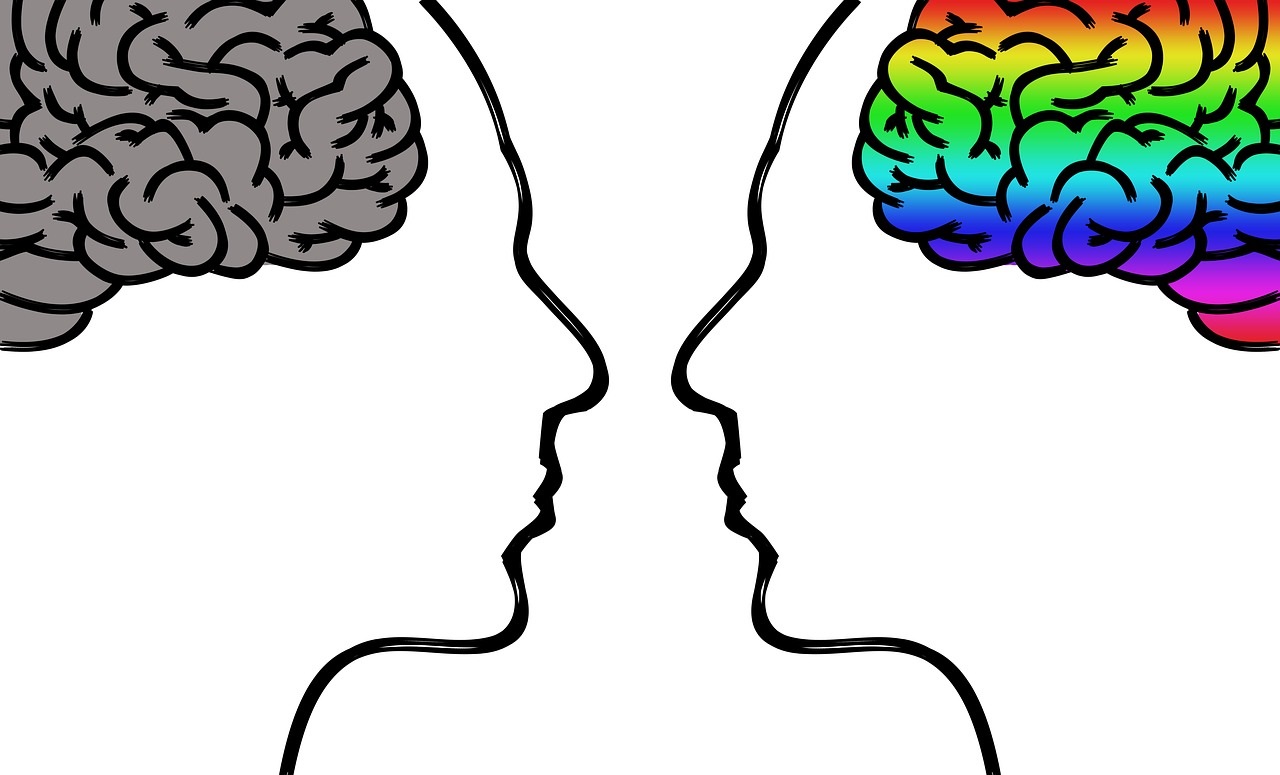The Principles of Neurodidactics – Part 4
Welcome back on my blog Mindfood in the year 2018!! I’m happy that you’re back and have the last (but sure not least!!) article of the series “The 12 Principles of Neurodidactics” according to Renata N. Caine for you! Remember? I already told you about these here and here (first 6 Principles) and here (Principles 7-9).
So let’s take a look at the last 3 neurodidactic principles now:
10. Learning is development-dependent
Children of the same age often demonstrate stark differences in their developmental stages, a fact we usually regard as completely normal. By the time they reach adulthood these developmental differences are usually balanced out, the brain has reached maturity, and – in our seminars – we assume that our participants are all equally “grown up”.
And yet, each of our participants is different. Not only with regard to their degrees of alertness, motivation and current state of health, but also at a much deeper level, i.e. knowledge, experience, needs, personalities and – well – yes, degree of maturity.
After all, each of us has collected different life experiences that have influenced and stamped us in one way or another. Experiences that, further down the line, have made us the people we are today, and make us act in a specific way and govern how receptive we are.
It can therefore be helpful in seminars to raise such implicit models over the threshold of consciousness, thereby creating understanding for each participant’s “personal map.”
This can be done right at the beginning, for example with so-called “openers” aimed at getting to know the others a bit better and in doing so, discover & explore similarities and differences. You can, for example, elicit positive experiences about a topic right at the beginning and have the participants share these in groups, and draw pictures about them.
Another opener, which I often use and very much enjoy, is the so called “constellation” – I told you about it, quite a while ago here!
11. Complex learning needs challenges, while fear and intimidation prevent it.
Just as a motivating, challenging learning environment is conducive to successful learning, emotional states such as stress, fear and/or rage are poison to it. Therefore it is beneficial to create a stress-levelling framework in seminars (and workshops too) and a trustful relationship between the participants and the trainer, as well as amongst the participants themselves.
You can most easily achieve this by means of an intensive get-to-know phase at the beginning (plan enough time for this!) You will also find helpful warm-up methods (the above mentioned “openers”) in my book “Blossoming Workshops and Seminars Guaranteed to Succeed“. In addition, you can incorporate relaxation exercises, attention-based formats and physical exercise elements that will help loosen everyone up and reduce stress.
However, avoiding all stress for your seminar participants is not the solution either; it is proven that a moderate amount of stress can even help new neurons form in the brain. But as with all chemical processes, the beneficial or harmful effects naturally depend on the dosage (or: “find the right flow”).

FLOW: Mihály Csíkszentmihályi is presumed to be the creator of the Flow theory.
When I have mixed groups of people with different backgrounds of experience, and if I think it‘s appropriate, I ask the participants with the greatest foreknowledge and/or experience to teach a particular sequence to ensure they are adequately challenged. I’ve already described this in Principle 4 (“The search for meaning happens when neuronal patterns are formed”) and Principle 5 (“Emotions are important for pattern formation”.)
I applied this principle, amongst others, with an international group a while ago at the Advanced Train-the-Trainer Seminar in Copenhagen, which I had the pleasure of holding together with a colleague from the NCP-Academy . Below just a few of the many impressions from that event:

Participants as trainers: „Rank Dynamics“ |

Participants as trainers: neurodidactic principle „Meaningfulness“ |

Participants as trainers: neurodidactic principle „Focus/Vigilance“ |

There were even mini trophies to be won! (contributed by the participants) |

Participants as trainers: neurodidactic principle „Combine old information with new“ |

Participants as trainers: neurodidactic principle „Repetition is important!“ |
12. Every brain is unique
Every task that includes one’s own history, appeals to one’s own strengths and competencies will reach your participants in their various identities at an entirely different level than a generalised approach would.
Ensure that the participants reflect about the seminar content and exercises, above all with regard to how these can be incorporated into the (workaday) lives of the individuals. This can take place in the form of summary/feedback sessions in small groups, in tandems („learning partnerships“) or as a short one-to-one contemplation, ideally also visualised.
In my project management seminars, the participants work on their own specific projects again and again to immediately integrate the theory into their workaday lives. In my train-the-trainer and moderation seminars, work-specific workshops are designed. The participants go home with a rough design that still needs fine-tuning, but can be implemented pretty much immediately.
As mentioned in my other blogs, you’ll also find a chapter dedicated to neurodidactics in my book “Blossoming Workshops and Seminars Guaranteed to Succeed”.
And that brings us to the end of the 12 Principles of Neurodidactics! I hope you found the series exciting and interesting! Let us know here which of the 12 neurodidactic principles you are applying, and what methods you’re using.
Until the next time!
Yours,
Birgit






Leave A Comment